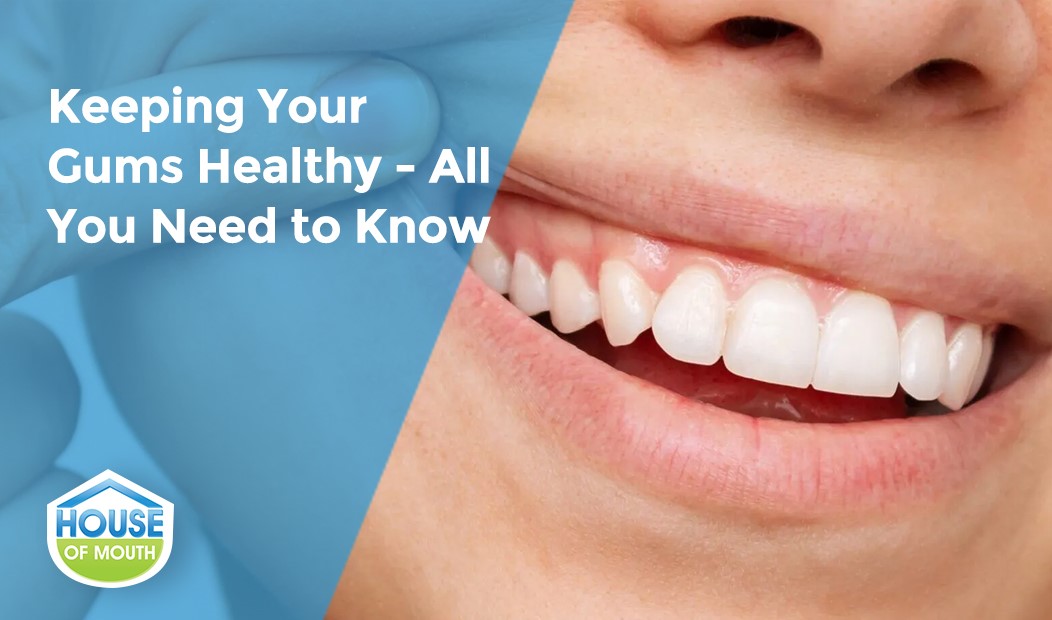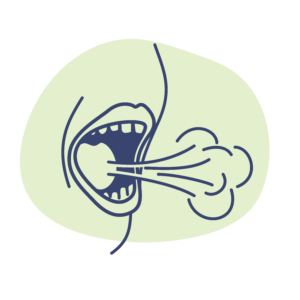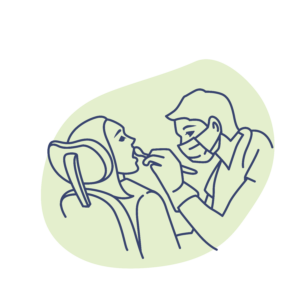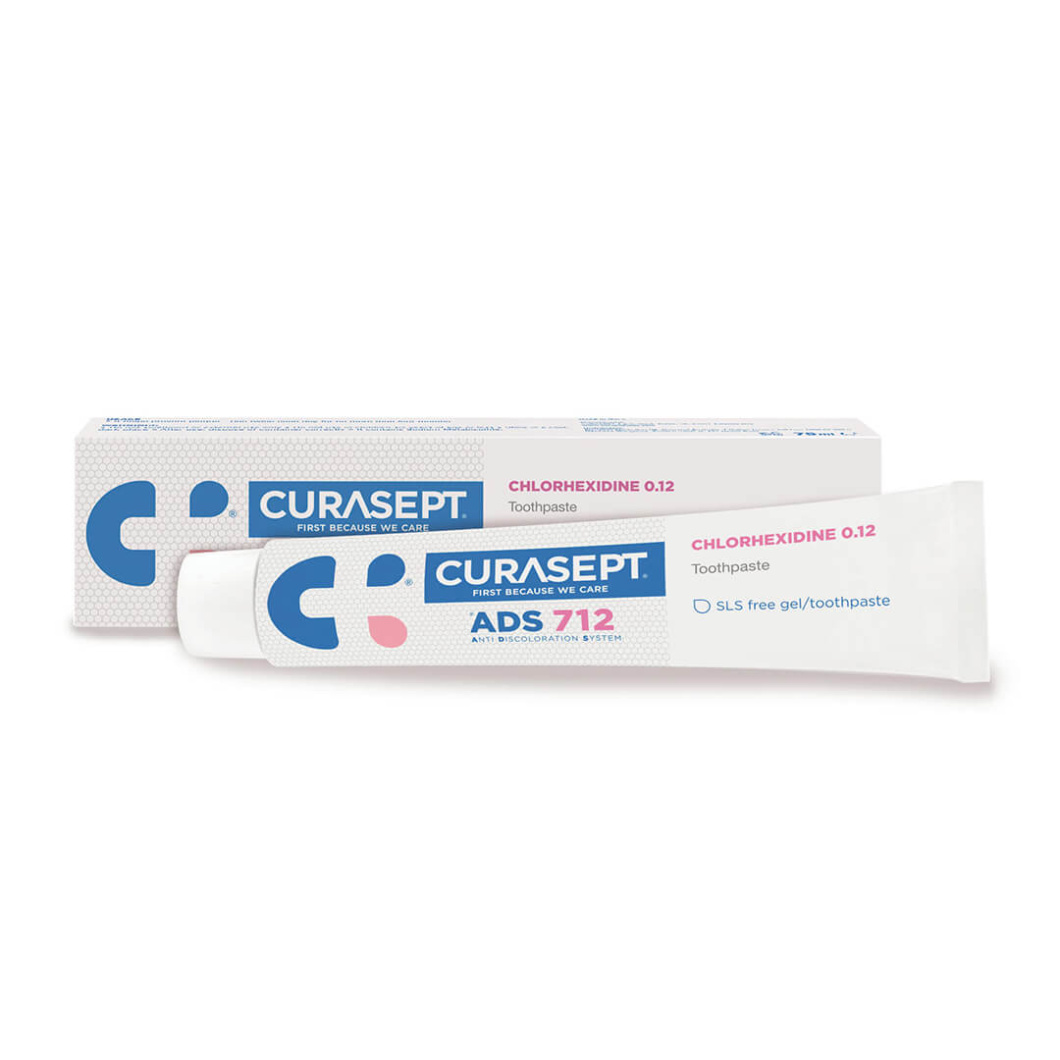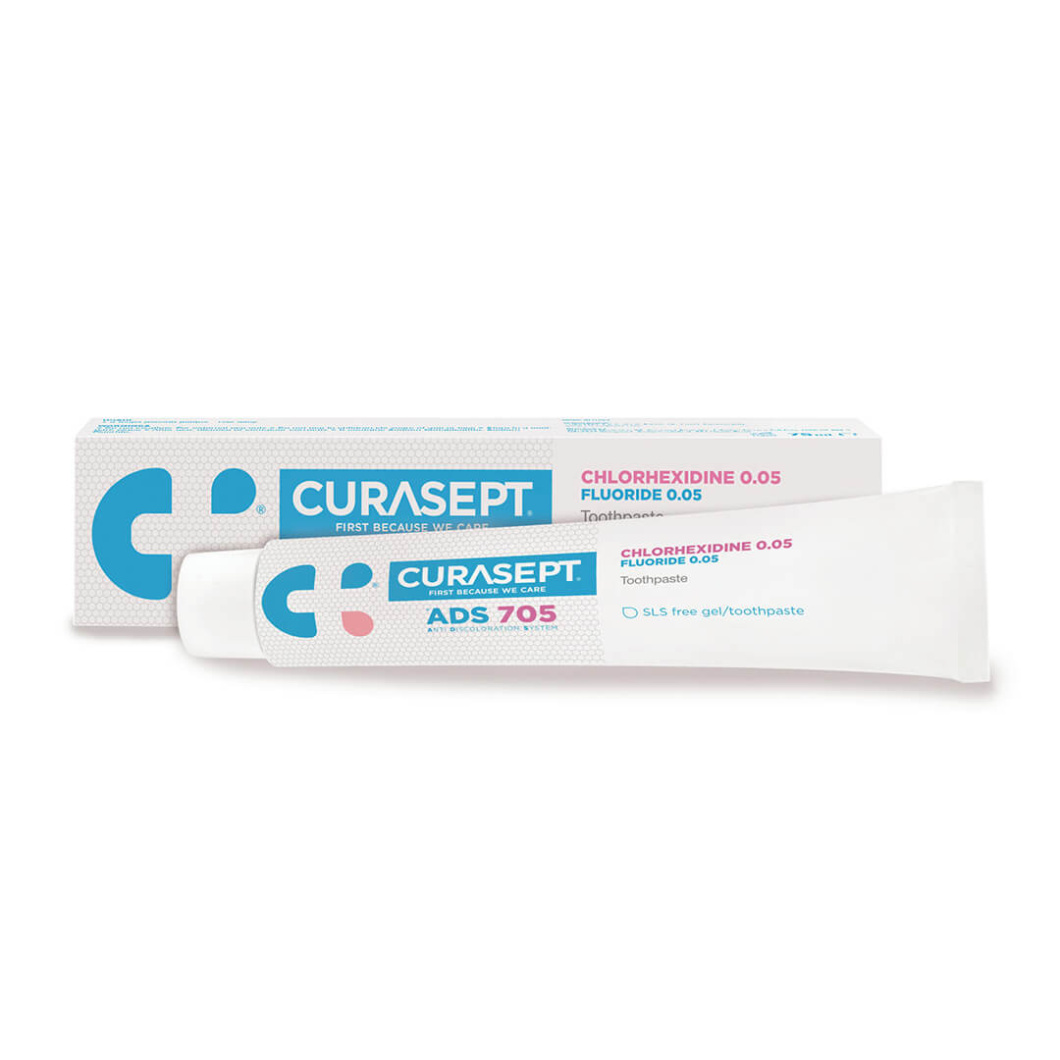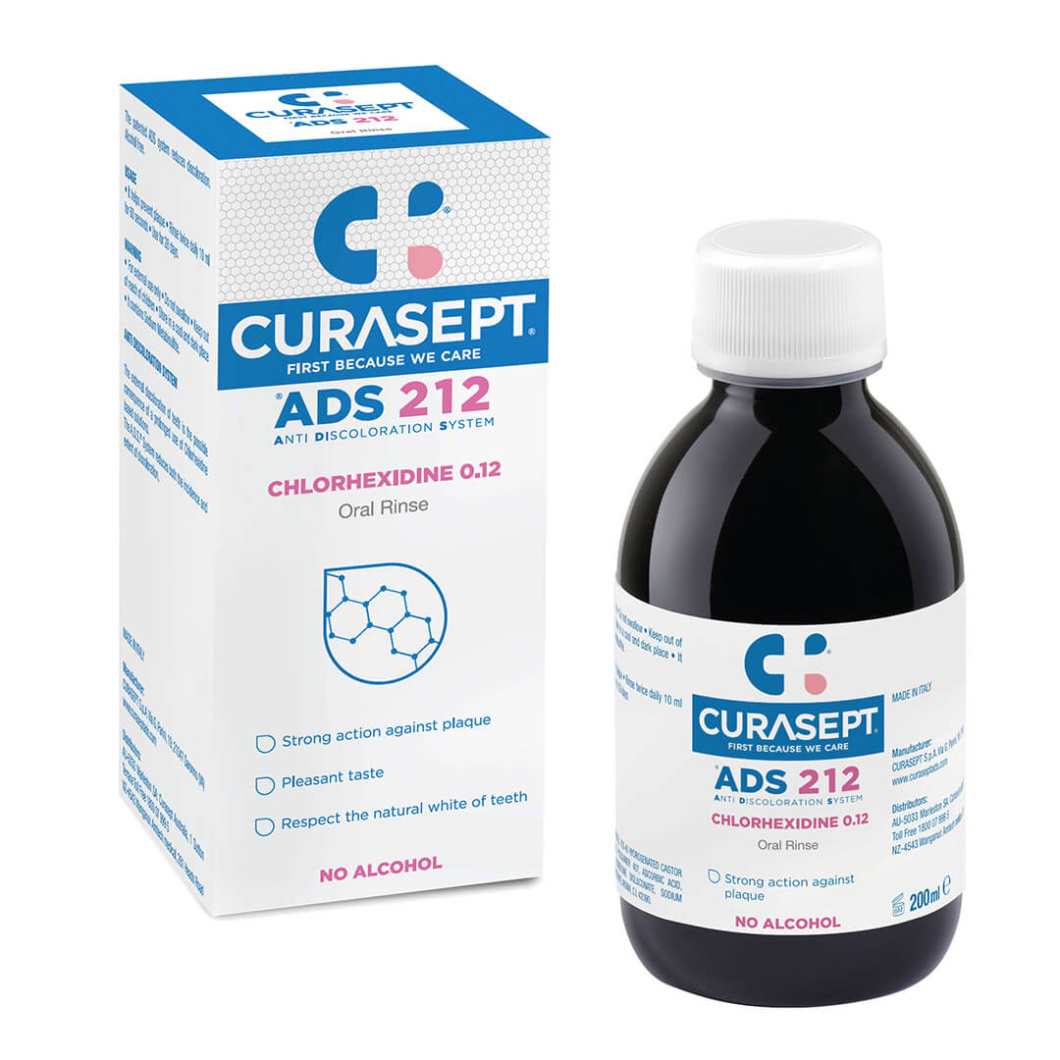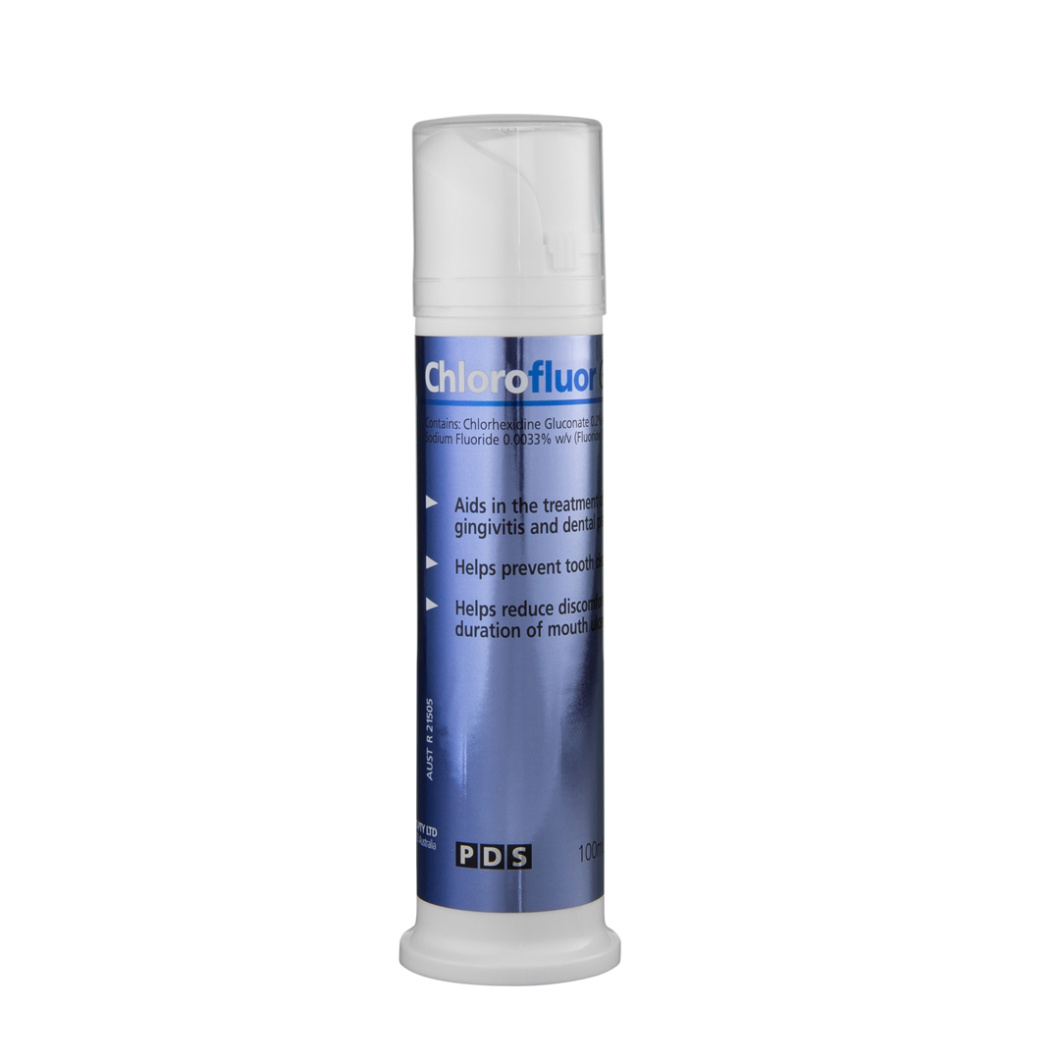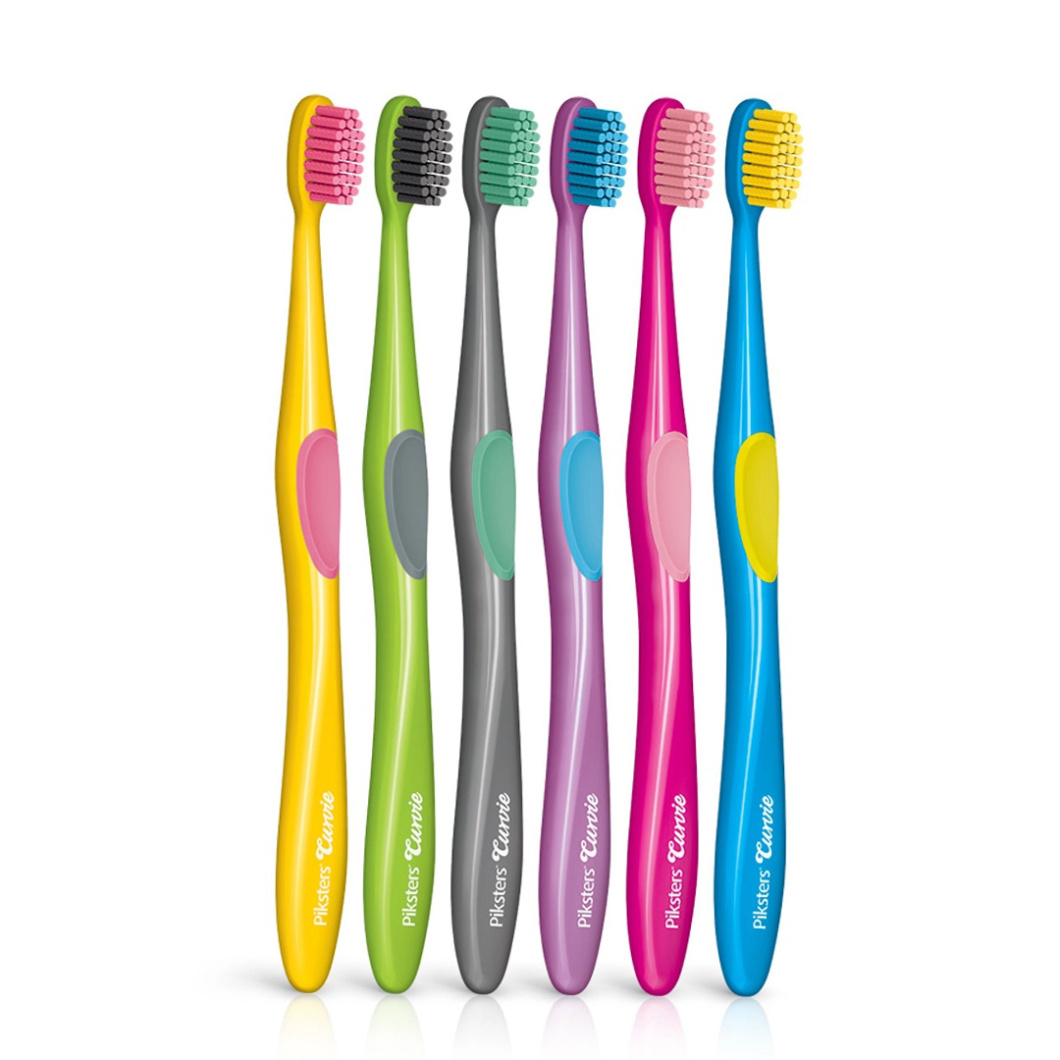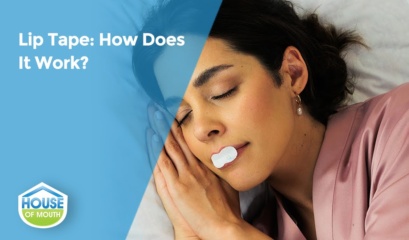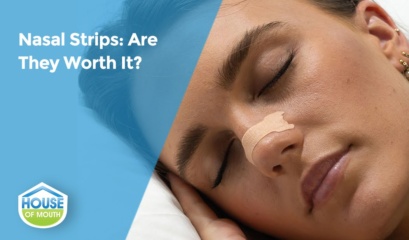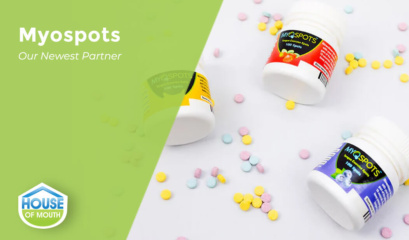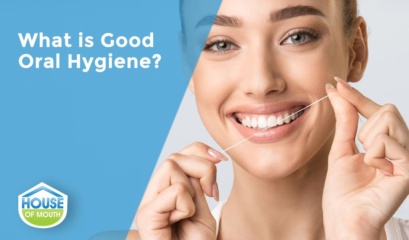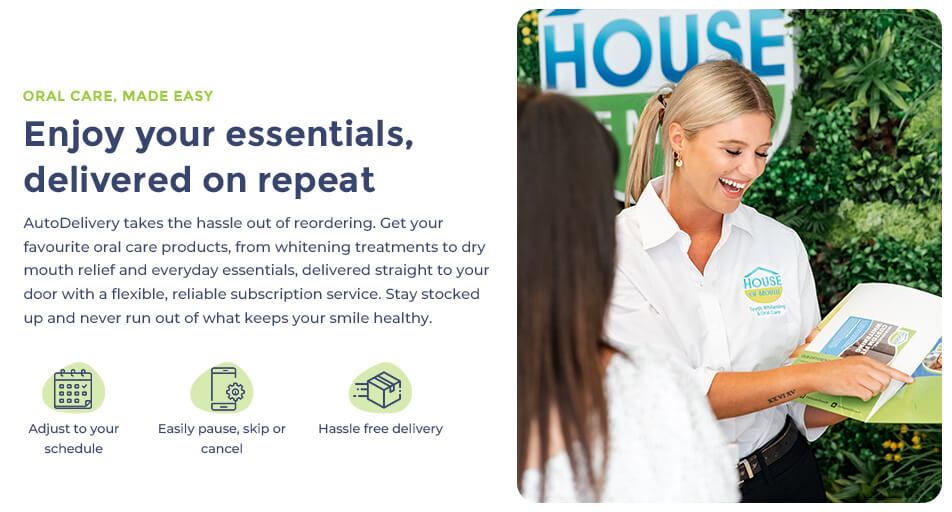Is it surprising that 47.2% of adults over 30 have gum disease?
Gum disease is a prevalent oral health concern that can cause redness, discomfort, swelling, and even bleeding in the gums. Given its widespread occurrence, having your teeth and gums examined by a skilled dental practitioner regularly is crucial to ensure your oral health is in great shape.
In this article, we will explore the different types of gum diseases, their causes, treatments, and more.
What is Gum Disease?
Simply put, gum disease occurs when the tissues and bones surrounding and supporting your teeth become inflammed or infected. Generally, these diseases are caused by the accumulation of dental plaque (a colorless, sticky film) on the teeth, however, can be caused by a variety of other factors.
Plaque contains harmful bacteria and toxins, and if it is not removed regularly by brushing, it can infect gums and teeth. If gum disease continues to progress, these toxins and bacteria can infect your teeth, gums and the supporting bones, resulting in irreversible damage.
Types of Gum Disease
There are two common types of gum diseases:
Gingivitis represents the initial phase of gum disease and is generally less severe. Gum irritation, bleeding gums, swelling, and reddening around the teeth are common symptoms. In simpler terms, it leads to gum inflammation. Gingivitis is considered reversible when treated appropriately.
Periodontitis constitutes severe gum disease that starts in the gums and progresses to irreversible damage to the tissues and bones supporting the teeth. Although periodontitis is treatable, the loss of bone (and eventually) teeth is unfortunately irreversible.

Causes
Plaque is the primary reason for gum disease. However, there are other important factors to consider, including:
- Hormonal changes (e.g., during pregnancy, menopause, puberty) can make gums sensitive.
- Severe illnesses like cancer, HIV, or diabetes may cause gum deterioration.
- Certain medications that reduce saliva flow can affect gum health.
Symptoms
While gum disease can affect individuals of any age, it is most prevalent in adulthood. The symptoms associated with gingivitis may not be readily noticeable; however, as the disease progresses, noticeable indicators emerge. The following are the most common gum disease symptoms:
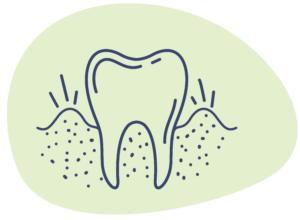
Swollen, red, puffy, and tender gums.
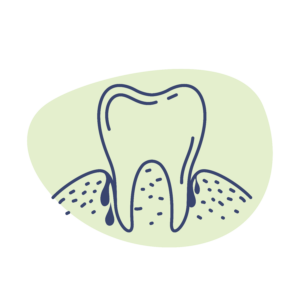
Gum bleeding while cleaning and brushing
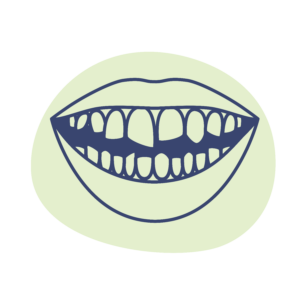
Elongated teeth i.e., ‘long in the tooth’
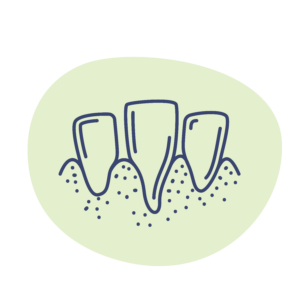
Gums pulled away, making pockets in gums
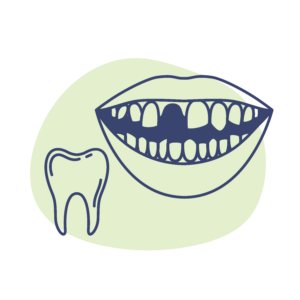
Loose teeth and constant bad taste
Diagnosis
Typically, dentists can swiftly diagnose gingivitis upon hearing the symptoms you describe. Your dentist will closely examine your gums to assess the stage of gum disease. The early stage is characterised by plaque buildup on the teeth, swollen gums, and gums that easily bleed and appear red.
Additionally, they will search for other symptoms associated with severe gum disease, such as gum pockets, tooth mobility, or bone loss around the teeth. Depending on this evaluation, your dentist will diagnose the stage of gum disease and recommend treatment accordingly.
Treatment
The recommended treatment for gum disease varies depending on its severity. Generally, milder forms of gum disease including gingivitis can be effectively addressed by maintaining good oral hygiene practices, regular scale and cleans by a dental professional and as a result the associated symptoms are often reversible
However, Periodontitis or advanced gum disease involves irreversible damage to the teeth and gums, as a result treatment is usually more involved. Treatment will often involve deep cleaning by a dental professional or gum specialist i.e. periodontist, various surgical procedures to restore supporting tissues, extraction of irreparable teeth, and in some cases the realignment of teeth.
Oral Care Tips
Taking good care of your teeth starts with brushing and flossing. However, you should follow other oral care tips to keep your gums and teeth healthy.

1. Brush Twice for 2 Minutes
Maintaining good oral health is not a one-off task; it requires regular care to keep teeth healthy. Therefore, brush your teeth twice daily; for at least 2 minutes.
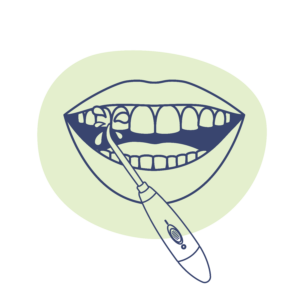
2. Clean Between Your Teeth
Brushing your teeth only cleans 3 of the 5 tooth surfaces, therefore, using dental floss, interdental brushes or a power flosser will help remove plaque and bacteria that your toothbrush cannot reach.
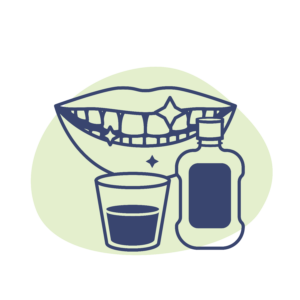
3. Use Mouthwash Daily
Using an antibacterial mouthwash daily can help manage plaque levels, remove bacterial and food debris lodged in and between your teeth and gums. Mouthwash should always be used in conjunction with toothbrushing and interdental cleaning, not in replace of.
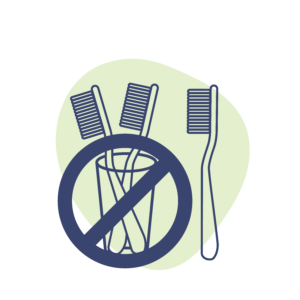
4. Regular Replacement of Toothbrush
Generally, you should replace your brush every 3 months to ensure good cleaning and hygiene. Frayed or damaged brushes do not clean the teeth surface properly, accumulating plaque and gum infections.
Product Recommendations
Gum diseases can occur at any age, even with diligent gum care. As a result, we’ve provided a curated selection of essential products to help you manage gum diseases symptoms in its early stages:
- Curasept Chlorhexidine Flouride Free Toothpaste is an excellent choice for individuals with gum disease. Its active ingredients are crucial in preventing and treating this condition.
- Curasept Anti Discoloration System is a potent mouthwash that combines chlorhexidine and fluoride. All its rinses are alcohol-free and stain-free, ensuring they do not affect your sense of taste.
- PDS Chlorofluor Gel treats gingival infections, plaque control, and gum bleeding. It is also used to control plaque accumulation.
- Piksters Curvie Soft Toothbrush has extra soft bristles and a rubbery contour grip to ensure maximum tooth cleaning, underneath gum cleaning, and difficult-to-reach areas.
-
- Select options This product has multiple variants. The options may be chosen on the product page
-
- Select options This product has multiple variants. The options may be chosen on the product page
-
- Select options This product has multiple variants. The options may be chosen on the product page
-
- Select options This product has multiple variants. The options may be chosen on the product page
$34.99Original price was: $34.99.$31.99Current price is: $31.99. -
- Select options This product has multiple variants. The options may be chosen on the product page
$3.96 – $289.33


